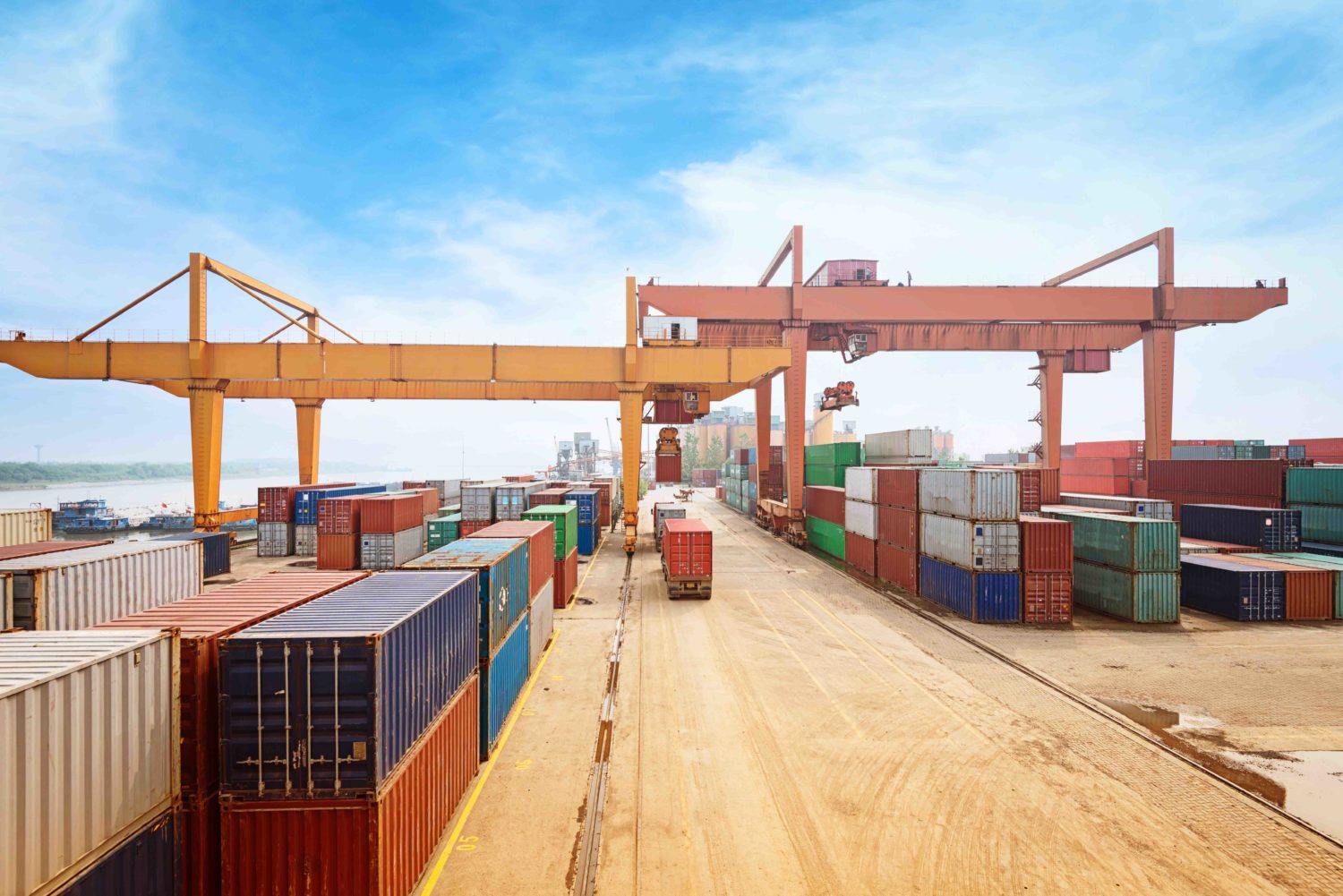The US Risks Its Position as a Stablecoin Leader
Stablecoins are the backbone of the crypto economy. Transactions involving USD-backed stablecoins reached nearly $6.87 trillion in 2022, surpassing the volumes of Mastercard and PayPal. Despite the crypto winter, stablecoin activity has remained resilient, reflecting approximately 40% of all value transacted on blockchain networks. In other words, stablecoins have emerged as an innovation with product-market fit.
Jason Somensatto is the Head of North America Policy at Chainalysis. This is an excerpt from The Node newsletter, a daily roundup of the most pivotal crypto news on CoinDesk and beyond. You can subscribe to get the full newsletter here.
Despite this, the U.S. is struggling to secure its role as the leader on stablecoin policy and competitiveness. As reflected in our recently-published 2023 Geography of Cryptocurrency Report, approximately 60% of all stablecoin activity involves stablecoins issued by non-U.S. domiciled issuers, and the majority of all stablecoin activity occurs through non-U.S. licensed services among the top 50 exchanges. A year ago, the trend was toward greater involvement by U.S.-based regulated companies.
U.S. policymakers should not passively sit back and watch as this trend in the innovation of payments continues. Instead, the U.S. should prioritize passing legislation and implementing regulations that aim to ensure the U.S. is able to properly supervise USD stablecoin activity and benefit from its growth.
The consequences of not acting
The consequences of the U.S. failing to act on stablecoin regulation are significant.
First, well-tailored regulation can provide the U.S. with a mechanism to oversee the adoption and use of USD-pegged financial products and ensure it secures a central role in regulating and supervising the stablecoin issuers at the center of this growing market. The inverse means that the U.S. may lose out on the ability to enforce important regulations around anti-money laundering and countering financing of terrorism, which would have consequences for national and global security as threat actors continue to try to exploit the weak points within crypto networks. Preventing North Korea from continuing to use crypto as a means for funding its nuclear program is only possible if the U.S. continues to have meaningful touchpoints with compliant actors operating within the crypto economy.
Second, the U.S. risks losing out on serving as the home to growing business that are likely to be strategically important in expanding the important role that USD plays in the global economy. Failing to act in a manner that reverses current trends and incentivizes activity through U.S.-based stablecoin service providers allows other countries to not just benefit from this growing sector, but also shift it towards alternative currencies. The U.S. receives numerous advantages from preserving the USD’s indispensable role in the global economy, including reduced costs for consumers, lower borrowing costs for the government, and increased independence in setting monetary policy.
Finally, sound stablecoin regulation not only reflects good policymaking but also presents an added benefit of de-risking the broader economy by diversifying the risks inherent in our banking and payment systems. The alternative is to continue down a path where a single risk to the banking system can have systemic consequences to multiple institutions.
How stablecoins are unique
Stablecoins represent a unique form of transferring value in USD that demand unique consideration by policymakers. Because stablecoins operate on public blockchain networks, they are more accessible, programmable, and transparent than traditional forms of payments through banks and fintech companies.
Far too often, regulators, policy makers, and commentators have looked at potential stablecoin regulation and assessed the risks relative those presented by the institutions facilitating these traditional forms of payments. I believe that stablecoins do not present more or less risk, but rather different risks. In one sense, the fully-backed nature of stablecoins can help mitigate against systemic risk and make supervision of their holdings far simpler for regulators than traditional banks. On the other hand, stablecoins present unique operational risks based on their underlying technology and use in new forms of payment activity that may not have been previously considered by regulators.
Given these shifts in the risk paradigm, ever-increasing global demand for better payments infrastructure, both domestically and cross-border, and continued growth of stablecoin adoption, the US should not tie itself too closely to the traditional banking regulatory model and should lean into new forms of prudential regulation to address this step-function change in payments infrastructure. To that end, there’s been interesting research on how this can happen as a start.
Rethinking regulatory frameworks
There are a handful of bills circulating in Congress that present a fairly novel regulatory framework for supervising stablecoin activity in the US. Most notably, the Clarity for Stablecoins Act proposes a novel framework for banks and nonbanks alike to issue payment stablecoins under the supervision of the Federal Reserve or state regulators in certain circumstances.
I believe this bill and a similar effort in the last Congress appropriately address many of the unique risks presented by stablecoins. For example, the draft legislation would set standards for which assets can be held in reserves, allow the Fed to write rules and examine issuers for operational risks, and mandate regular disclosures to customers.
Beyond the possibility of a bespoke regulatory framework, policymakers should also recognize that the inherent transparency of blockchain technology empowers global regulators, including those in the U.S., to investigate and combat illicit activities efficiently. This transparency can also enhance the enforcement of sanctions, allowing participants throughout the crypto ecosystem to screen for and detect activities involving sanctioned entities.
There continue to be important debates around the regulation of stablecoins, such as the appropriate role of state regulators in registering and supervising stablecoin issuers. These debates are resolvable and should be solved soon in the interest of global competition and necessary regulation.
Edited by Ben Schiller.









